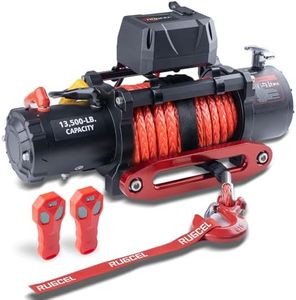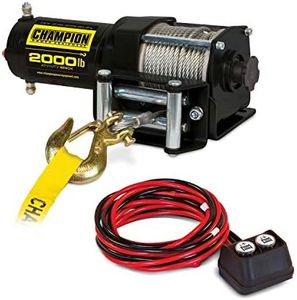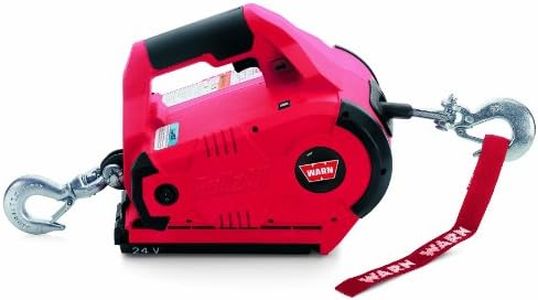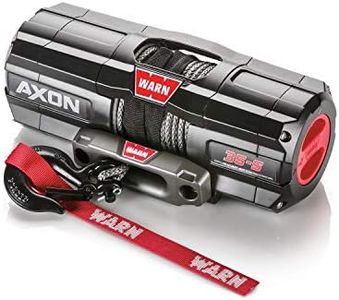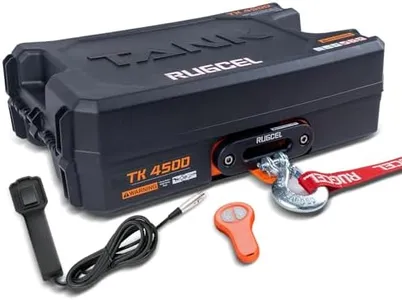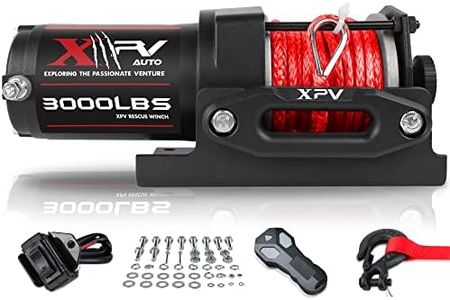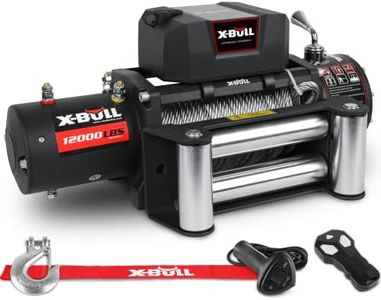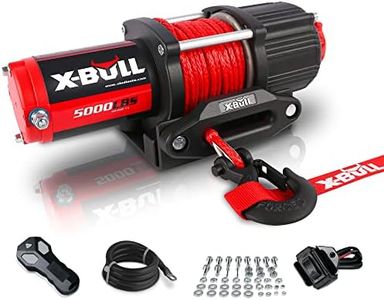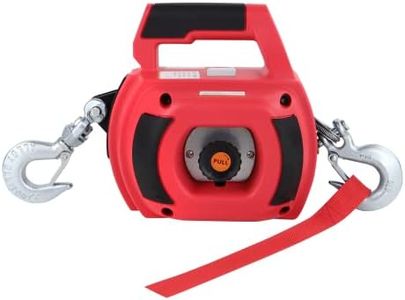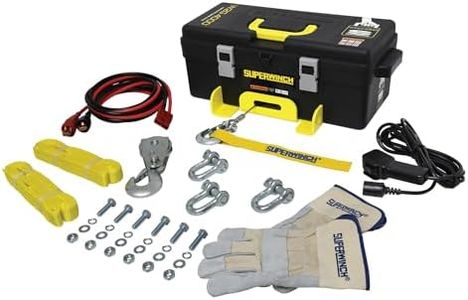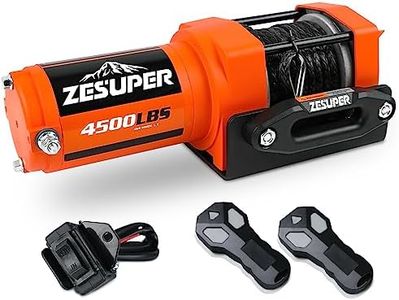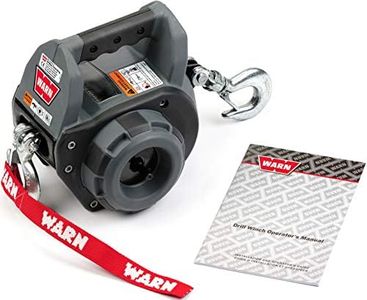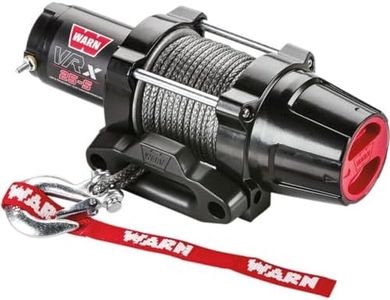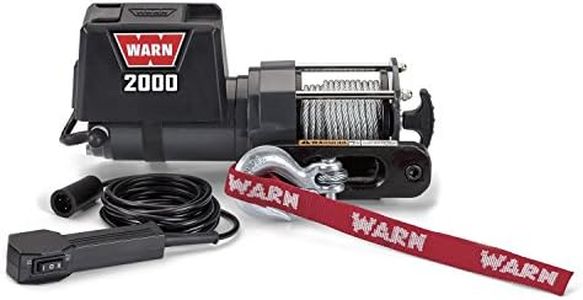We Use CookiesWe use cookies to enhance the security, performance,
functionality and for analytical and promotional activities. By continuing to browse this site you
are agreeing to our privacy policy
10 Best Portable Electric Winches
From leading brands and best sellers available on the web.By clicking on a link to a third party's website, log data is shared with that third party.
Buying Guide for the Best Portable Electric Winches
Choosing the right portable electric winch is all about matching the tool to your intended use. Whether you need it for vehicle recovery, lifting heavy equipment, or off-road adventures, thinking through your usual tasks will help guide your choice. Every winch has key specifications that affect its performance, safety, and fit for your needs. Understanding what each spec means, how to interpret the different values, and how your personal use cases shape your priorities will lead to the best purchase.Load Capacity (Pulling Power)Load capacity, measured in pounds or kilograms, tells you the maximum weight the winch can safely pull. This is crucial because using a winch beyond its rated capacity can be unsafe and damage the equipment. Winch load ratings typically range from a few hundred pounds for light tasks to several thousand pounds for heavy-duty work. If you plan to move small items or ATVs, a lower-capacity winch may suffice. For pulling vehicles or lifting heavy gear, opt for a higher capacity. Always select a winch rated for at least 1.5 times the weight of the heaviest item you’ll pull to ensure both safety and performance.
Rope TypeWinch ropes commonly come in two types: steel cable or synthetic rope. Steel cables are strong, durable, and good for rugged environments but are heavier and can develop sharp burrs over time. Synthetic ropes are lighter and easier to handle, but they can be vulnerable to abrasion and UV exposure. If you need maximum strength and will use the winch in harsh conditions, steel rope may be best. For frequent, hands-on use where ease and safety matter, synthetic is often preferred. Consider the environment and frequency of use when deciding.
Power SourceMost portable electric winches draw power either from a standard wall outlet (AC) or from a vehicle battery (DC). AC winches are convenient for use in garages or workshops, while DC winches are versatile for off-road or remote jobs. The power source affects where you can use the winch, so think about how mobile you need your setup to be. If you mainly work near plugged power, AC is simple; for on-the-go or outdoor scenarios, a DC option is more suitable.
Line SpeedLine speed refers to how quickly the rope winds in when the winch is pulling a load, usually measured in feet or meters per minute. Faster line speeds make for quicker recovery or hauling, but high speed can reduce pulling force under heavy loads. Lower speeds may take longer but often provide more steady, controlled pulling for tough jobs. Pick a higher line speed for light, frequent tasks, and a slower, steadier option for heavy, challenging pulls.
Portability (Weight and Size)Portability is determined by the winch's weight and size. A lighter, more compact winch is easier to move and set up, ideal for occasional, light-duty tasks or situations where you’ll be moving the winch often. Heavier models tend to offer more power but are harder to handle alone. If you need to carry your winch to different sites, or use it for multiple applications, prioritize lighter and smaller options. For stationary use or when constant strength is needed, size and weight may be less critical.
Ease of Use and ControlsWinches come with different types of controls, including wired remotes, wireless remotes, or direct switches. User-friendly controls make operating the winch safer and more comfortable, especially if you work alone. Wired controls are reliable and simple, while wireless remotes offer maximum flexibility and safer distances. Consider how you plan to operate the winch—if you’ll often be alone or need to manage the winch from a distance, prioritize ease of use and convenient control options.
Safety FeaturesSafety features can include automatic load-holding brakes, overload protection, and thermal shut-off functions. These features help prevent accidents, winch damage, and injuries, especially in demanding or unpredictable conditions. If you expect to use the winch in tricky or variable environments, or if you're new to winching, investing in a model with robust safety features is smart. Always think about who will operate the winch and choose safety features accordingly.
